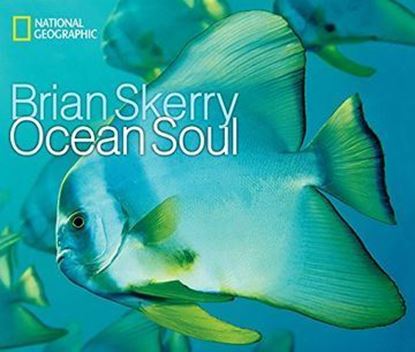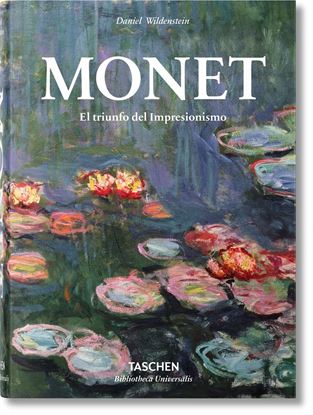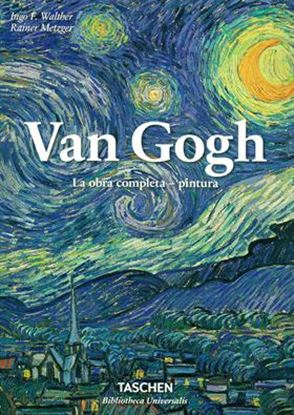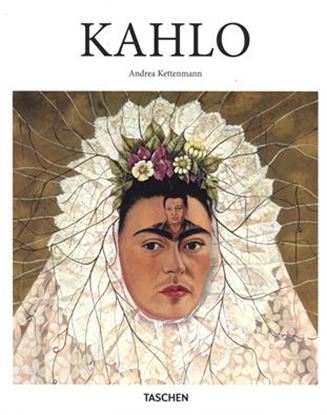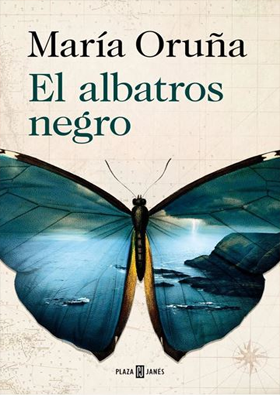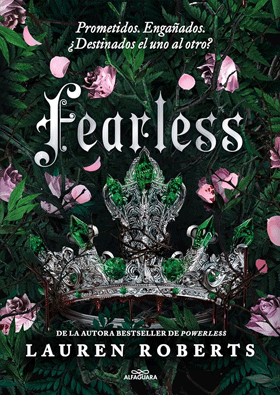

THE NEW SHINGLED HOUSE (OF3)
The architectural style of the classic American summer, the shingled house can suggest the beach, the countryside, the mountains, and even the city. AD100 architects Ike Kligerman Barkley, one of the most successful firms practicing in a traditional style today, presents 14 houses that celebrate the simple wood shingle's infinite flexibility--ranging from richly historic to sculptural and experimental. The New Shingled House includes examples throughout the fabled seaside resorts of New England--Martha's Vineyard, Block Island, and the Hamptons--as well as houses in California's Bay Area and Point Loma, on a pristine mountain lake in South Carolina, and a Scandinavian influenced family residence in Connecticut. All are characterized by a sense of graciousness and generosity that makes them unique spaces for the owners and enviable spaces for readers. The versatility of the shingle style allows the designers to explore formal ideas and to respond to client preferences and taste. The houses thus achieve the architects' fundamental goal: when their clients enter their new house for the first time, they should feel as though they have always lived there. This stunning visual presentation features new photography by noted interiors photographer William Waldron, who has captured the graciousness and generosity of the elegant interiors and welcoming porches and terraces that make these houses so inviting and timeless.
999
799
OCEAN SOUL (B) (OF3)
Ocean Soul is a love story. It is a story of discovery. It is a story of hope. The story begins when a boy who loves the sea attends an event with underwater photographers and has an epiphany: "I had always wanted to explore the oceans, but I now understood how I would do this. I would do it with a camera." With sheer determination, hard work, and a little bit of luck the boy, named Brian Skerry, realized his dream with more than 20 awe-inspiring articles for National Geographic magazine. Now, with Ocean Soul, he showcases his stunning photography and describes his adventurous life in a gripping portrait of the ocean as a place of beauty and mystery, a place in trouble, and ultimately, a place of hope that will rebound with the proper attention and care.
995
796
MONET HC (E) (BU)
No other artist, apart from J. M. W. Turner, tried as hard as Claude Monet (1840–1926) to capture light itself on canvas. Of all the Impressionists, it was the man Cézanne called “only an eye, but my God what an eye!” who stayed true to the principle of absolute fidelity to the visual sensation, painting directly from the object.
It could be said that Monet reinvented the possibilities of color. Whether it was through his early interest in Japanese prints, his time as a conscript in the dazzling light of Algeria, or his personal acquaintance with the major painters of the late 19th century, the work Monet produced throughout his long life would change forever the way we perceive both the natural world and its attendant phenomena. The high point of his explorations was the late series of water lilies, painted in his own garden at Giverny, which, in their approach toward almost total formlessness, are really the origin of abstract art.
This biography does full justice to this most remarkable and profoundly influential artist, and offers numerous reproductions and archive photos alongside a detailed and insightful commentary.
1,800
1,440
PATIOS. CIUDAD COLONIAL DE SD. (TD)
Patios es un segundo tributo de la editora Nelia Barletta a la ciudad colonial de Santo Domingo en co-edición con Carlo Reyes, uno de los cuatro fotógrafos participantes. Es un libro de fotografia, un libro de arte que capta Ia dimension menos visible de la ciudad colonial: sus patios. Amadeo Anselin, Nemanja Brankovic. Ricardo Briones y Carlo Reyes comparten una visión al retratar los patios y jardines de esta antigua ciudad, declarada Patrimonio Cultural de la Humanidad. Sea la vegetación exuberante o la belleza de una sencilla mesa de hierro en un patio. la magia de un nicho de hiedra o el musgo arropando piedras, las imágenes reflejan el maravilloso eclecticismo de los patios. Además de plasmar lo efímero y cambiante de la naturaleza, las fotografias docUmentan Ia intemporalidad de estos patios. vestigios de la tradición mudéjar de la época colonial.
(Edición Tapa Dura)
2,700
2,160
VAN GOGH (TD) (BU)
La historia de Vincent van Gogh es una de las más paradójicas de la historia del arte. En la actualidad se considera uno de los pintores más importantes de todos los tiempos, reconocido con exposiciones que son éxitos de taquilla, museos ensalzados por su obra y precios récord de decenas de millones de dólares en las subastas de sus obras.
Sin embargo, cuando estaba pintando los lienzos que más tarde se convertirían en codiciadas obras maestras, Van Gogh se enfrentaba no solo al desinterés de sus contemporáneos, sino también a devastadores ataques de locura, con episodios de depresión y de una ansiedad paralizadora que terminarían por arrebatarle la vida en 1890, cuando se suicidó con 37 años recién cumplidos.
Este exhaustivo estudio de Vincent van Gogh (1853-1890) incluye una monografía detallada de su vida y obra con una completa selección de 871 pinturas.
1,800
1,440
KAHLO (BA-ART)
Las cautivadoras imágenes creadas por Frida Kahlo (1907-1954) son, en muchos sentidos, la manifestación de un trauma. Sufrió un accidente de tráfico casi mortal a los 18 años, numerosos problemas de salud, un matrimonio turbulento y varios abortos que le impidieron tener hijos y, sin embargo, supo transformar todas sus aflicciones en arte revolucionario.
En sus autorretratos reales y metafóricos, Kahlo contempla al espectador con una mirada audaz, negándose a ser una víctima pasiva y entrelazando símbolos de su experiencia en un híbrido lenguaje de vida surrealista: pelo, raíces, venas, enredaderas, tentáculos y trompas de Falopio. Muchas de sus obras también exploran los ideales políticos comunistas, que Kahlo compartía con Rivera. La artista describió sus cuadros como «lo más sincero que podía hacer para expresar lo que siento dentro y fuera de mi ser».
Este libro ofrece un amplio repaso de la obra de Kahlo, que descubre su inagotable determinación como artista y su importancia como pintora, icono feminista y pionera en la cultura latinoamericana.
1,350
1,080



